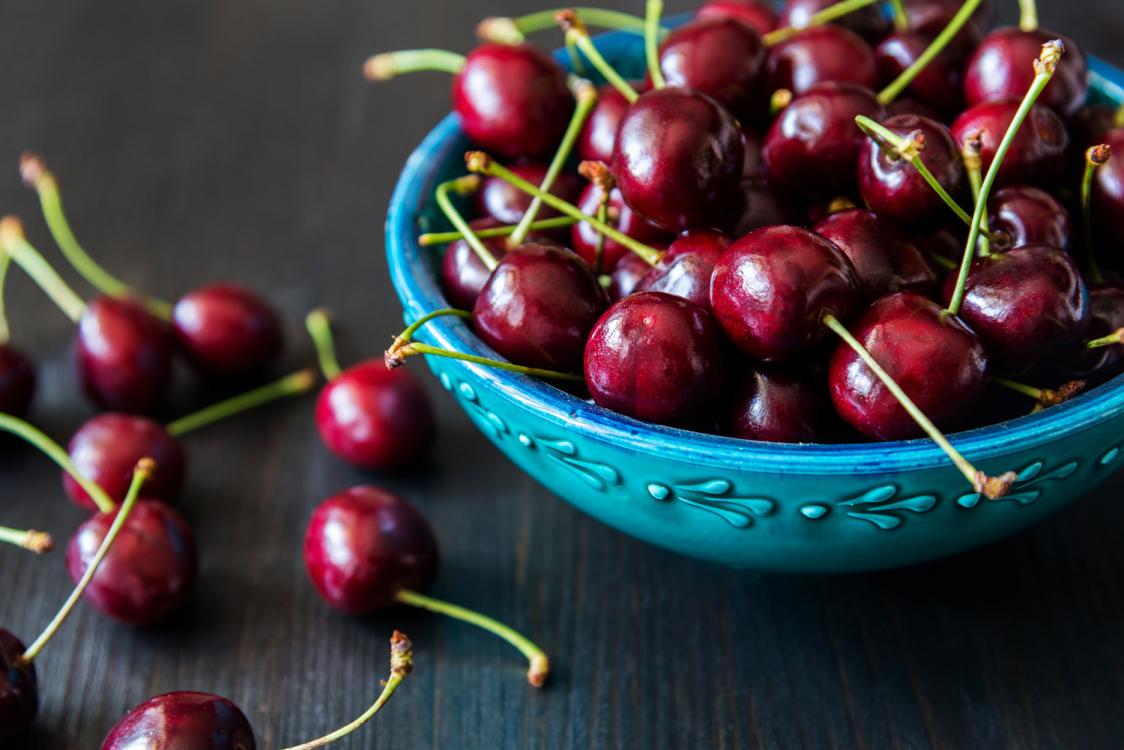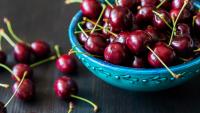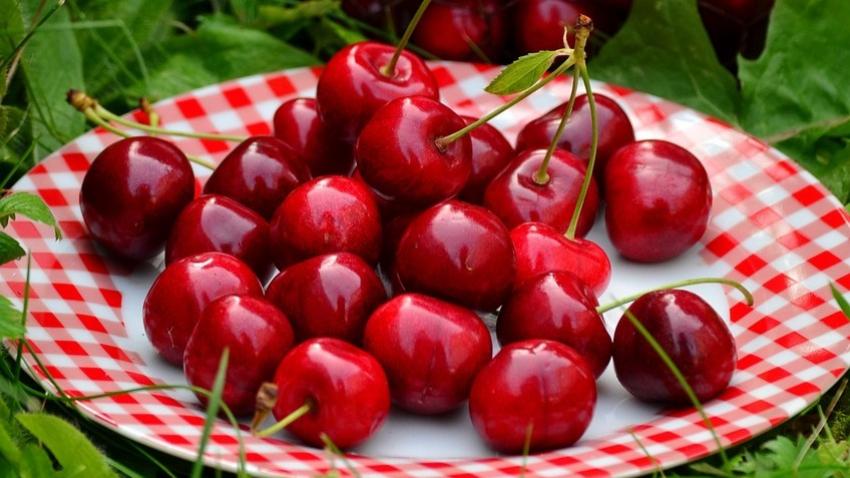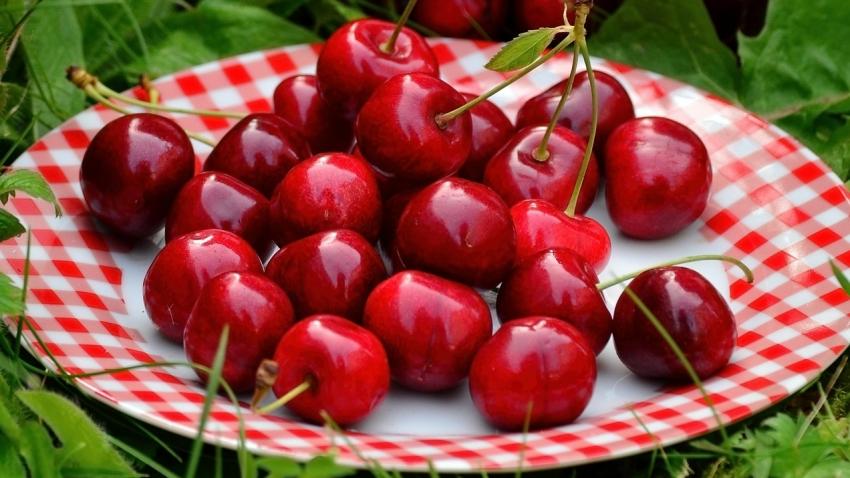You are here
Back to topCherries a Vital Tool for Following Healthy Diet Guidelines

Imported fresh sweet cherries are a beloved wintertime treat and one of China’s most reliably appreciated Spring Festival gifts. Cherries have grown so popular in China that they even spurred the new social media slang term “cherry freedom,” signifying having sufficient disposable income to consume this delicious fruit at will. This year, with prices for fresh cherries running at their lowest levels in recent memory, many more consumers can suddenly enjoy their “cherry freedom.”
However, some Chinese consumers are hesitant to buy imported fruit these days because of the global COVID-19 pandemic. In fact, consumers can breathe easy about this issue as respected national media outlets and public health experts in China have repeatedly stated that it is safe for consumers to keep eating imported fruit.
“Fruit is stored at a higher temperature than frozen meats and fish, and the virus cannot survive on packaging or the fruit for as long a time,” explained Wu Zunyou, chief epidemiologist at the Chinese Center for Disease Control and Prevention during a Jan. 23 newscast on CCTV 13. “Additionally, a positive test could signal live virus, but it could also be detecting dead virus or even virus fragments; it doesn’t necessarily indicate a potential to cause infection. Finally, if we pay attention to hand hygiene and wash the fruit with running water before eating, there should be no danger of infection.”
Meanwhile, government health agencies and experts around the world are in near-universal agreement that fresh fruit is an important part of a healthy diet. Official nutritional guidelines prepared by the China Nutrition Society recommend eating 200 to 350 grams of fresh fruit daily.
During the winter months, counterseasonal imported fruits such as sweet cherries step in to offer consumers a wider choice of fresh fruits to eat in the course of achieving this official consumption recommendation.
And while many health-conscious consumers already know that cherries are a good source of nutrients such as vitamin C, potassium and fiber, scientists are continuing to discover that there is quite a lot more to the nutritional profile of sweet cherries, which are known to them by the Latin name Prunus avium.
Scientists have isolated dozens of bioactive compounds from sweet cherries, with European researchers reaching the conclusion that all types of sweet cherries should be “recognized as a rich source of bioactive compounds with an antioxidant potential” (Średnicka-Tober et al.).
In fact, antioxidant compounds called anthocyanins are among the very pigments that give sweet cherries their distinctive deep ruby colored skin and juice. Therefore, the red color of cherries doesn’t just delight our eyes and cause us to salivate in anticipation, it even interacts with our body on a chemical level long after we’ve savored each juicy bite.
Chinese researchers have studied the potential immune-enhancing effects of compounds contained in sweet cherries called pectic polysaccharides. Published research has also shown that cherry consumption may lower the plasma concentrations of certain inflammation markers. Another study examined indolamines contained in sweet cherries, such as tryptophan, melatonin and serotonin, which play a role in regulating sleep. Serotonin may furthermore affect our mood and ability to cope with stress.
Of course, eating fresh cherries is not just about nutrient levels or meeting dietary guidelines. It’s also about fun and flavor. Who can resist the crisp texture and intense red juice bursting across their taste buds? Many consumers simply love cherries and have already declared their intention to take full advantage of the low prices this season to realize their “cherry freedom” like never before. That alone ought to help us sleep easy and improve our moods.
References
Blando, F. and Oomah, B. D. (2019). Sweet and sour cherries: Origin, distribution, nutritional composition and health benefits. Trends in Food Science & Technology, 86, 517–529. DOI: 10.1016/j.tifs.2019.02.052.
Cao, J., Tang, D., Wang, Y., Li, X., Hong, L. and Sun, C. (2018). Characteristics and immune-enhancing activity of pectic polysaccharides from sweet cherry (Prunus avium). Food Chemistry, 254, 47–54. DOI: 10.1016/j.foodchem.2018.01.145.
Gonçalves, A. C., Bento, C., Silva, B., Simões, M. and Silva, L. R. (2019). Nutrients, bioactive compounds and bioactivity: The health benefits of sweet cherries (Prunus avium L.). Current Nutrition & Food Science, 15, 208–227. DOI: 10.2174/1573401313666170925154707.
González-Gómez, D. (2017). Bioactive compounds in sweet cherries: Identification, quantification and distribution in different cherry cultivars. Acta Horticulturae, 1161, 483–490. DOI: 10.17660/ActaHortic.2017.1161.77.
Kelley, D. S., Adkins, Y., Reddy, A., Woodhouse, L. R., Mackey, B. E. and Erickson K. L. (2013). Sweet bing cherries lower circulating concentrations of markers for chronic inflammatory diseases in healthy humans. The Journal of Nutrition, 143, 340–344. DOI: 10.3945/jn.112.171371.
Średnicka-Tober, D., Ponder, A., Hallmann, E., Głowacka, A. and Rozpara, E. (2019). The profile and content of polyphenols and carotenoids in local and commercial sweet cherry fruits (Prunus avium L.) and their antioxidant activity in vitro. Antioxidants, 8, 534. DOI: 10.3390/antiox8110534.
Image: ASOEX















Add new comment